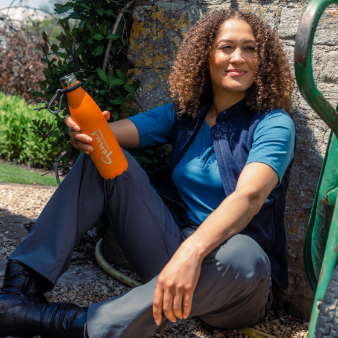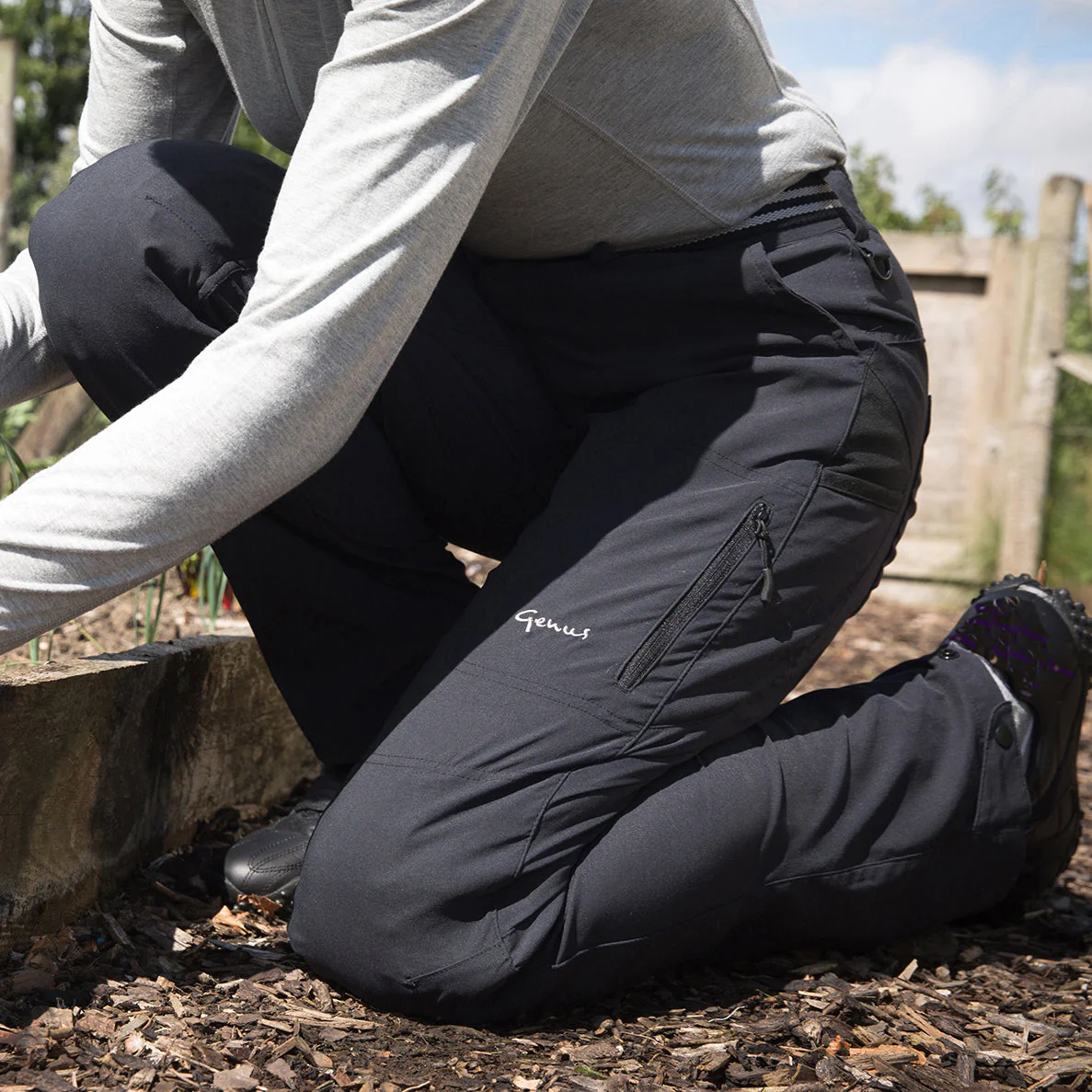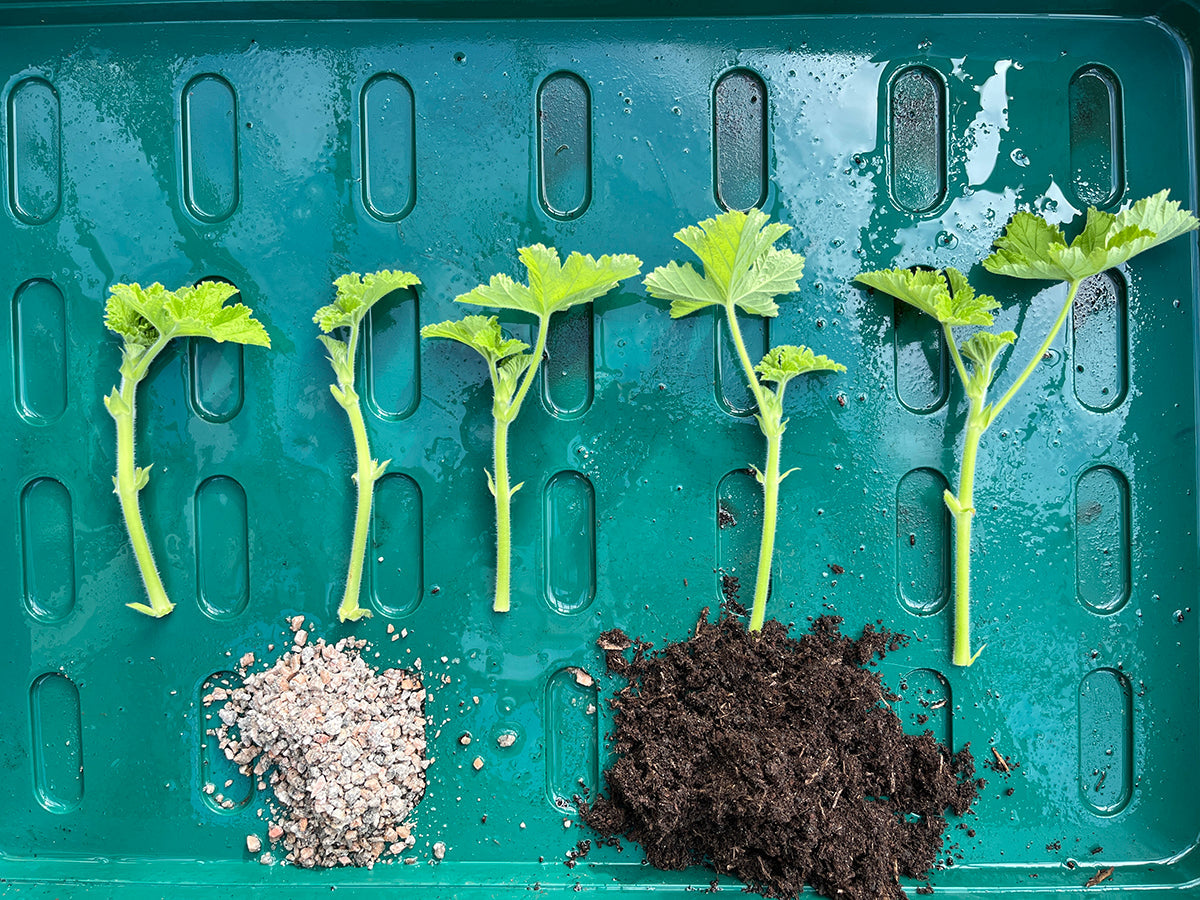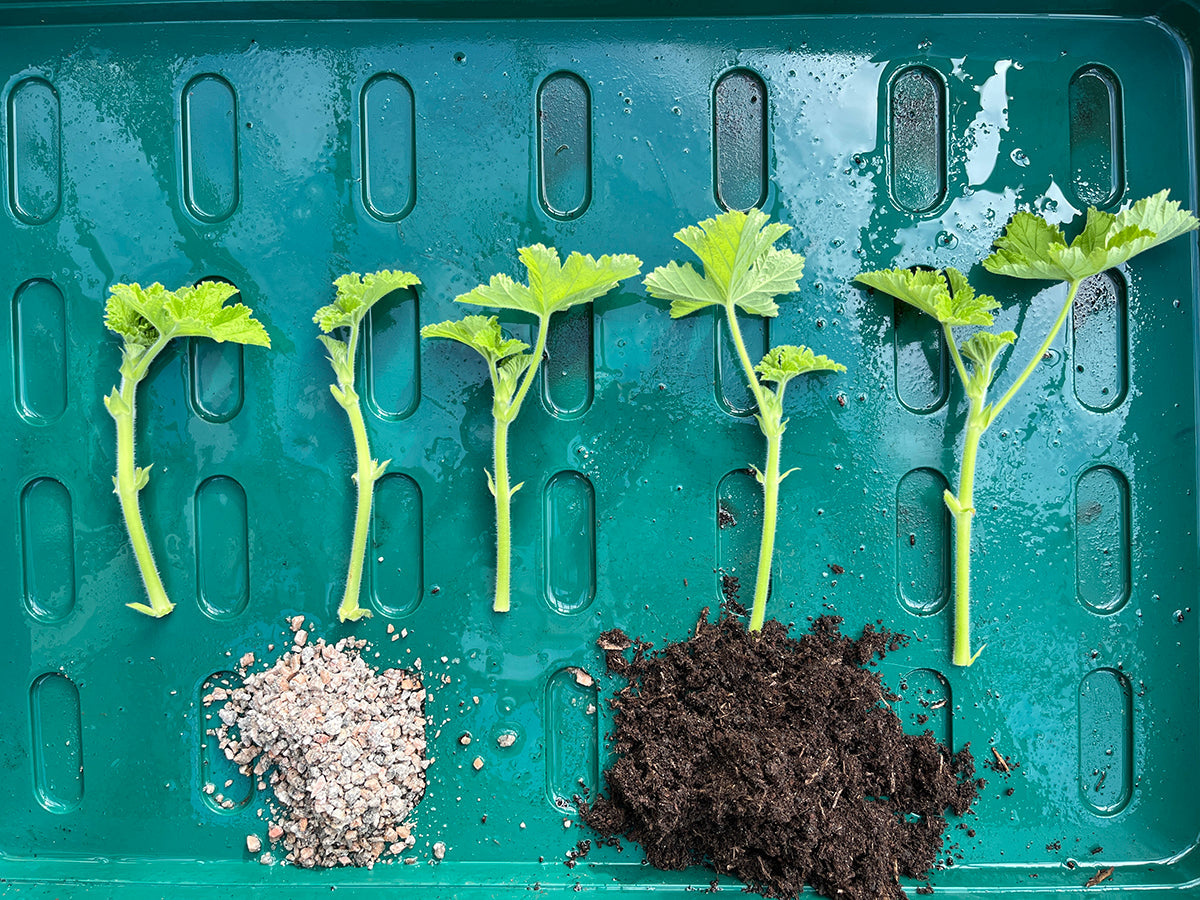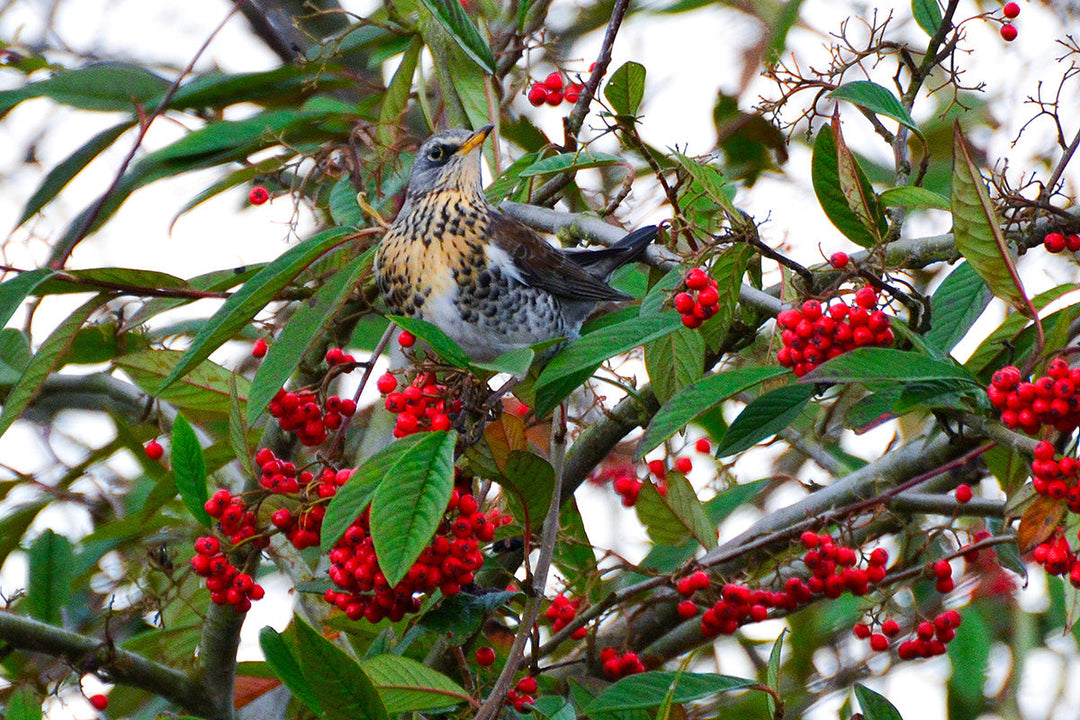What to do with apples
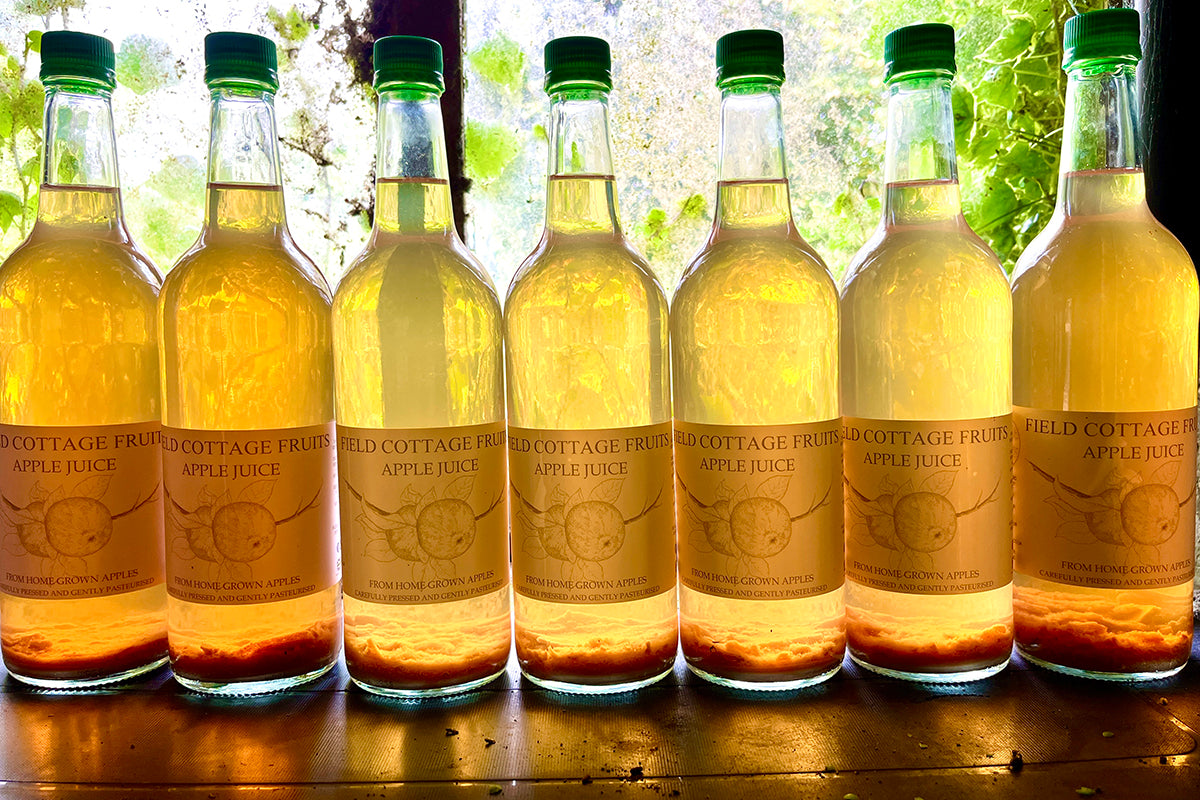
Our orchard has had an underwhelming year - cherries non-existent, plums, so-so, and apples patchy. ‘Beauty of Bath’, a pillar box red apple from the 1860’s bucked the trend as usual and cropped well. Bramley produced few fruits, but ‘Spartan’, a Canadian import from the 1920’s produced an abundance of its white-fleshed, burgundy-skinned fruits that are still hanging on the tree now.
Not wishing to let these crops go to waste we’ve looked at various options for preserving the fruit over the years. Drying with a dedicated dehydrating unit is effective, giving well-preserved slices of apple that are ideal for adding to baked treats or overnight oats. Freezing is an effective way to preserve large amounts of fruit that can be defrosted and used for pies and crumbles. Chutney is always a popular dinner essential at Genus HQ and our larder became particularly well stocked after we discovered the simple no-cook method of preparation. (Just mix all your regular chutney ingredients together in a bowl. Stir once a day for three days then bottle in sterilised jars).
In recent years juicing has been our favourite method of preservation. This can be done at home - various domestic sized juicers can be purchased or DIY versions can be simply constructed. We have an industrious neighbour who has fashioned a unit out of timber off-cuts and a car bottle-jack. After squeezing, preservation of the juice is obviously an important issue. Freezing in bags, drinking immediately, or pasteurisation are your options.
We have found home pasteurisation a hit-and-miss affair and now take them to a local farm where they are squeezed, pasteurised, and bottled. The farm even prints personalised labels for us. Apple juice has been a great addition to the Genus kitchen table when we’ve had meetings or visiting guests, and of course, a bottle or two makes a memorable present for visiting friends to take back to London as a reminder of their visit to the country.

